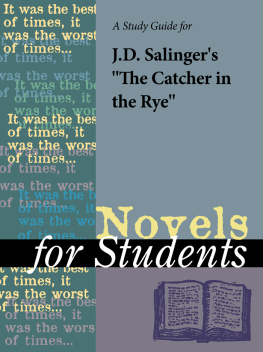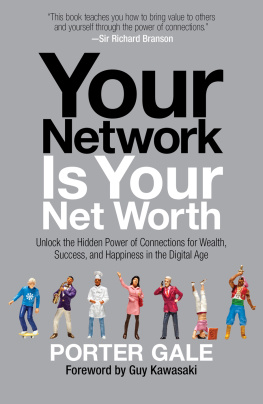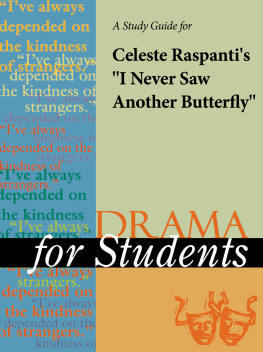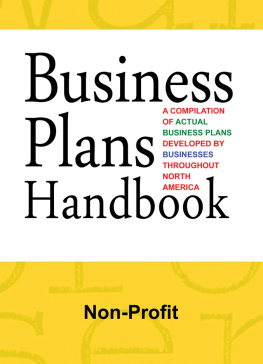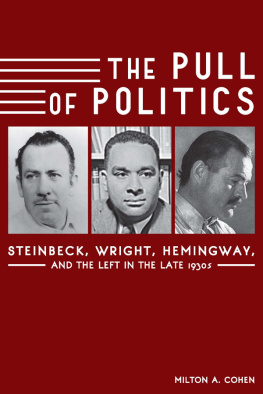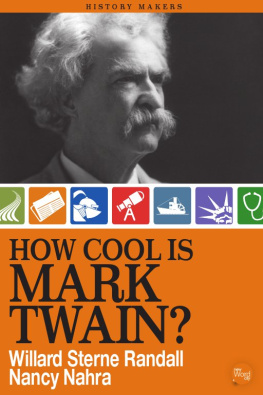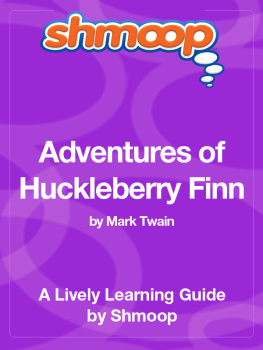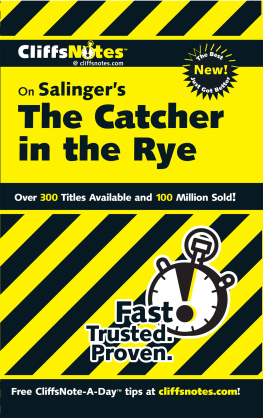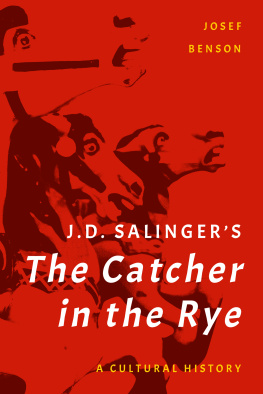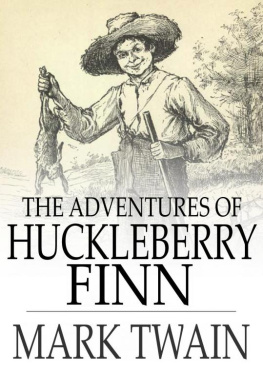TABLE OF CONTENTS
Guide
Novels for Students, Volume 1
Since this page cannot legibly accommodate all copyright notices, the acknowledgments constitute an extension of the copyright notice.
While every effort has been made to secure permission to reprint material and to ensure the reliability of the information presented in this publication, Gale Research neither guarantees the accuracy of the data contained herein nor assumes any responsibility for errors, omissions or discrepancies. Gale accepts no payment for listing; and inclusion in the publication of any organization, agency, institution, publication, service, or individual does not imply endorsement of the editors or publisher. Errors brought to the attention of the publisher and verified to the satisfaction of the publisher will be corrected in future editions.
This publication is a creative work fully protected by all applicable copyright laws, as well as by misappropriation, trade secret, unfair competition, and other applicable laws. The authors and editors of this work have added value to the underlying factual material herein through one or more of the following: unique and original selection, coordination, expression, arrangement, and classification of the information.
All rights to this publication will be vigorously defended.
Copyright 1997
Gale Research
835 Penobscot Building
645 Griswold St.
Detroit, Ml 48226-4094
All rights reserved including the right of reproduction in whole or in part in any form.
This book is printed on acid-free paper that meets the minimum requirements of American National Standard for Information SciencesPermanence Paper for Printed Library Materials, ANSI Z39.48-1984.
ISBN 0-7876-1686-9
ISSN 1094-3552
Printed in the United States of America
10 9 8 7 6 5
The Catcher in the Rye
J. D. Salinger
1951
Introduction
Although The Catcher in the Rye caused considerable controversy when it was first published in 1951, the bookthe account of three disoriented days in the life of a troubled sixteen-year-old boywas an instant hit. Within two weeks after its release, it was listed number one on The New York Times best-seller list, and it stayed there for thirty weeks. It remained immensely popular for many years, especially among teenagers and young adults, largely because of its fresh, brash style and anti-establishment attitudestypical attributes of many people emerging from the physical and psychological turmoil of adolescence.
It also was the bane of many parents, who objected to the main character's obscene language, erratic behavior, and antisocial attitudes. Responding to the irate protests, numerous school and public libraries and bookstores removed the book from their shelves. Holden simply was not a good role model for the youth of the 1950s, in the view of many conservative adults. Said J. D. Salinger himself, in a rare published comment, "I'm aware that many of my friends will be saddened and shocked, or shock-saddened, over some of the chapters in The Catcher in the Rye. Some of my best friends are children. In fact, all my best friends are children. It's almost unbearable for me to realize that my book will be kept on a shelf out of their reach." The clamor over the book undoubtedly contributed to its popularity among the young: It became the forbidden fruit in the garden of literature.
For some reasonperhaps because of the swirling controversies over his written worksSalinger retreated from the New York literary scene in the 1960s to a bucolic New Hampshire community called Cornish, where he has lived a very private life and avidly avoided the press. Despite the fact that he has granted few interviews, there is a substantial body of critical and biographical works about Salinger and his all-too-brief list of literary creations.
Author Biography
Born in 1919 to a prosperous Manhattan family, Jerome David Salinger grew up in a New York City milieu not unlike that of young Holden Caulfield. Being a diligent student was never his first priority: After he flunked out of several prep schools, including the prestigious McBurney School, his parents sent him to Valley Forge Military Academy in Pennsylvania, from which he graduated in 1936. (Many people believe he modeled Pencey Prep, the fictional school attended by Caulfield, after Valley Forge.) He briefly attended Ursinus College, also in Pennsylvania, and New York University, where he stayed one month.
It was not until he took a short story course at Columbia University that Salinger officially launched his literary career. His teacher, Whit Burnett, was the founder and editor of Story magazine, which gave a headstart to a number of mid-century fiction writers. Salinger's first published piece appeared in Story. Then he moved rapidly into the big time of slick commercial magazines, writing short pieces for Collier's, Saturday Evening Post, Esquire, Good Housekeeping, Cosmopolitan and the upscale New Yorker.
Salinger has consistently refused to allow anyone to republish his early storiesthose written between 1941 and 1948. (However, they may still lurk among the microfilm or microfiche copies of old magazines in local libraries.) Several are about draftees in World War II and may mirror Salinger's own military experiences in that war. He served in the Army Signal Corps and the Counter-Intelligence Corps from 1942 to 1945, participating in the Normandy campaign and the liberation of France. Winner of five battle stars, he still found a way to keep writing during this period, toting a portable typewriter around in the back of his Jeep (as did Holden's brother, D. B., in the novel).
The extant body of Salinger's work therefore consists (in addition to The Catcher in the Rye) of three collections of short stories: Nine Stories (1953), Franny and Zooey (1955) and Raise High the Roof Beams (1963)plus, of course, his more recent book, Hapworth 16, 1924 (1997), which is a republication of a former New Yorker novella.
Since the early 1960s, Salinger has lived in seclusion in rural New Hampshire, his privacy fiercely protected by loyal friends and neighbors. Married twice, he has two children, Margaret Ann and Matthew, from his second marriage. Both marriages ended in divorce.
Plot Summary
Part IHolden Flunks out of Pencey Prep School
The Catcher in the Rye tells the story of Holden Caulfield, a teenage slacker who has perfected the art of underachievement. The novel begins with Holden flunking out of school for the fourth time. During the last days before his expulsion, he searches for an appropriate way to conclude his school experience, but he ends up getting so annoyed with his school and schoolmates that he leaves in the middle of the night on the next train home to New York City. Arriving home a few days earlier than his parents expect him, he hangs out in the city to delay the inevitable confrontation with his parents. When his money runs out, he considers hitchhiking out west, but he ultimately returns home, mainly to be with his younger sister Phoebe.
The first few chapters describe Holden's last days at Pencey Prep School in Agerstown, Pennsylvania. Advertisements portray Pencey as an elite school that grooms boys into sophisticated men, but Holden sees it as a nightmare of adolescence run amok. Fed up with everything about Pencey, Holden skips the football game against Pencey's rival to say good-bye to his history teacher, Mr. Spencer. He vaguely hopes that Spencer might give him some comfort and useful advice, but Spencer is a sick old man who simply lectures him with a thousand platitudes about not applying himself. Like Spencer, the other teachers and administrators rarely spend any time mentoring boys because they are too busy spouting off platitudes or kissing up to the wealthy parents visiting the school.

